
Explore Ledyard, CT
Ledyard at a Glance
Part of New London County
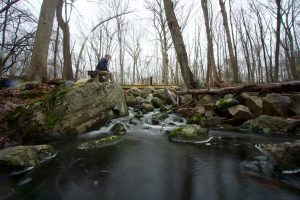
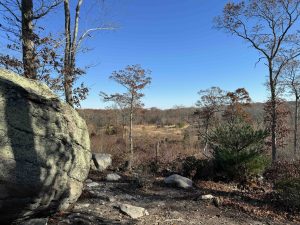

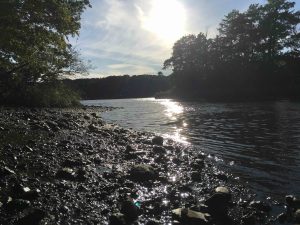
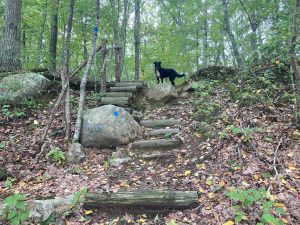
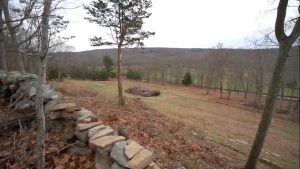
My Highlights
Coming soon!
Hiking
Town Parks
- Burton Property
- Colonel Ledyard Park
- Erickson Property
- Glacial Park
- Kettle Hole Trail
- Nathan Lester Park
- Whitehall Park
Land Trust
- Avalonia Land Conservancy
- Atkinson Family Preserve
- Avery Preserve
- Barrett Preserve
- Pike Marshall Preserve
- Pine Swamp Wildlife Corridor
- Samuel Lamb and Forsberg Preserve
- Groton Open Space Association
- Avalonia Land Conservancy
State Parks / Forests
Blue Blaze
The Rest
Boating/Fishing
- Thames River
- Poquetanuck Cove
The 136th oldest town in Connecticut. Ledyard, incorporated from Groton, May, 1836; named from Col. Wm. Ledyard, commander at Fort Griswold, Groton, 1781. Formerly North Groton.
{{label}}: {{displayValue}}
{{displayValue}}
{{displayValue}}
{{locationDetails}}
Browse sub-categories
Showing 1 result
Showing {{ showing }} out of {{ foundPosts }} results